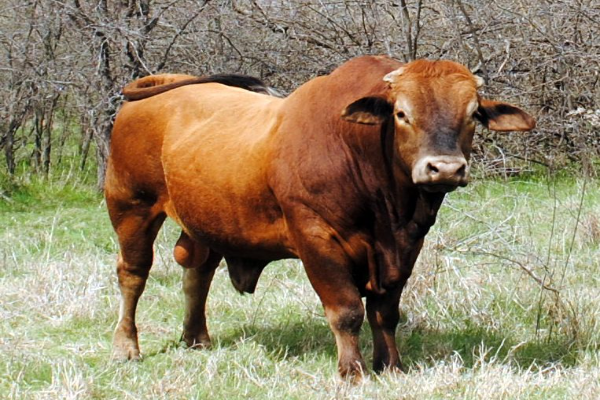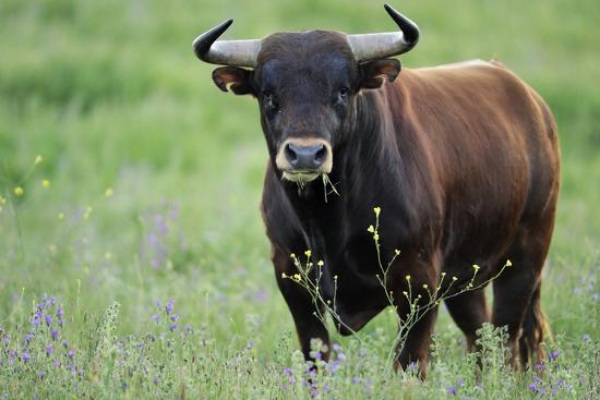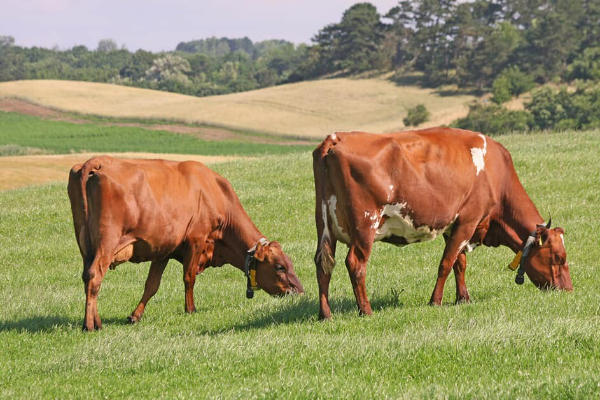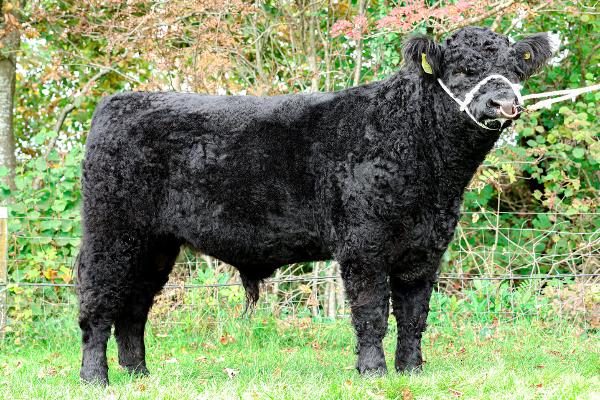Abondance Cattle

The Abondance breed developed in the Chablais in the Val d'Abondance, considered the birthplace of the breed. Perfectly suited to difficult regions, Abondance Cattle is very enduring and adapts well to variations in temperature. Abondance hails from the valleys of Northern Alps in Haute-Savoie and the breed is particularly well-adapted to mountain areas. Abondance cattle can withstand huge temperature swings as observed in mountain range conditions (from -10°C early-morning to over 35°C in late-afternoon), and is well adapted to rough forage.
What Is The History Of Abondance Cattle Breed?
This cow was first called Chablaisienne, but it has been bearing its current name since the end of the last century with the creation of the herd book in 1891. Its first visit to the Concours Général Agricole de Paris dates from 1896. Today, 4 th French dairy breed, 5,000 farms have at least 155,000 Abondance cows. Originally from Haute-Savoie , between Lake Geneva and Mont Blanc.They have also been exported to North America, United Kingdom, New Zealand, Africa Egypt, Algeria or Ivory Coast, where it is crossed with local races. It is also starting to be used in certain mountainous countries with difficult climatic conditions, such as Vietnam, Iran, Iraq and Yemen.
What Is The Characteristics Of Abondance Cattle?
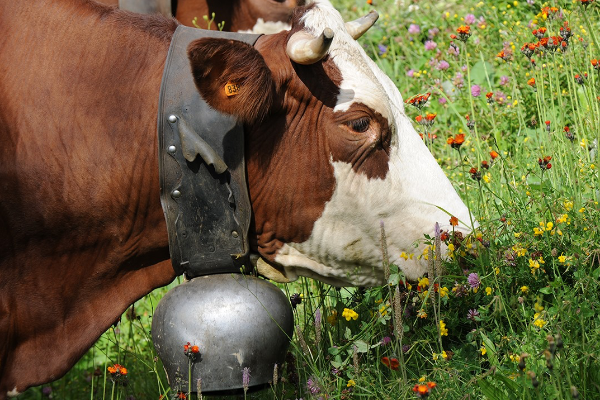
- Abondance cattle are dual-purpose animals, they are raised for both milk and meat production.
- Abondance cattle are medium sized animals.
- The cows are mainly golden brown in color with white colored underside of the abdomen, head (apart from the eyes) and extremities of their legs.
- Color of the bulls is different. The bulls are of chestnut red color and a bit of white on the head.
- Both bulls and cows have horns.
- The animals are in-door over winter (for 6-7 months) due to the tough climatic conditions, and then return to pasture mountain at between 500 and 2,000 m altitude for the entire summer.
- Spring marks the transition between these two extremes, when the flock feed on pastures around intermediate upland villages.
- Abondance cattle get very little feed supplementation because they are able to exploit grass and hay-based rations to produce a protein-rich milk, well suited to cheesemaking.
- Abondance Cattle milk production is 6000 kg per year.
- About 80% of Abondance milk is used to produce cheeses with Protected Designation of Origin (Appellation d’Origine Contrôlée – AOC) such as Reblochon, Abondance, Tome des Bauges and Beaufort, along with Protected Geographical Indication (IGP) cheeses such as Tomme de Savoie and Emmental de Savoie.
- The hardiness of the Abondance breed and the quality of its milk made it very popular abroad, where it is farmed from Canada to South America (Chile, Mexico) to Middle East (Iraq, Iran, Egypt, Yemen).
- The breed is used in crossbreeding programs specifically aiming at improving the milk yield performances of local-region breeds, as for example N’Dama breed in the Ivory Coast or Baladi breed in Egypt.
What is the weight of Abondance Cattle?
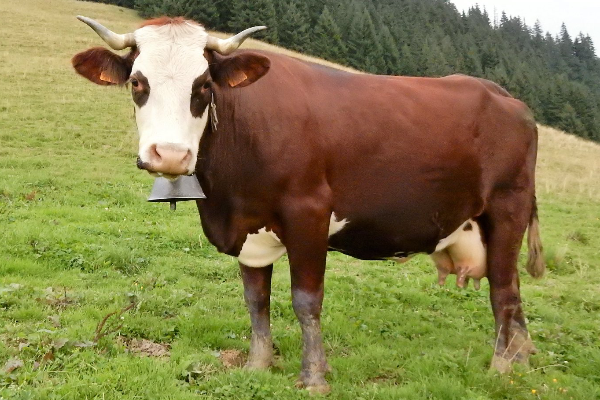

Written by
H Cetin KATIRCI
Online ShepherdBreedsMore
IllnessesMore
Forage cropsMore
![]() Патологическая физиология голодания Arina TARAN
Патологическая физиология голодания Arina TARAN![]() Дефицит фосфора (гипофосфатемия) Hipofosfatemi Arina TARAN
Дефицит фосфора (гипофосфатемия) Hipofosfatemi Arina TARAN![]() Какие бывают кормораздатчики для ферм КРС? Irina Makarova
Какие бывают кормораздатчики для ферм КРС? Irina Makarova![]() Кормушки для овец Diana Myakisheva
Кормушки для овец Diana Myakisheva![]() Питание домашних коз: что едят, виды корма и правила кормления Alina Arslantürk
Питание домашних коз: что едят, виды корма и правила кормления Alina Arslantürk![]() Важность минералов питании сельскохозяйственных животных Irina Makarova
Важность минералов питании сельскохозяйственных животных Irina Makarova

